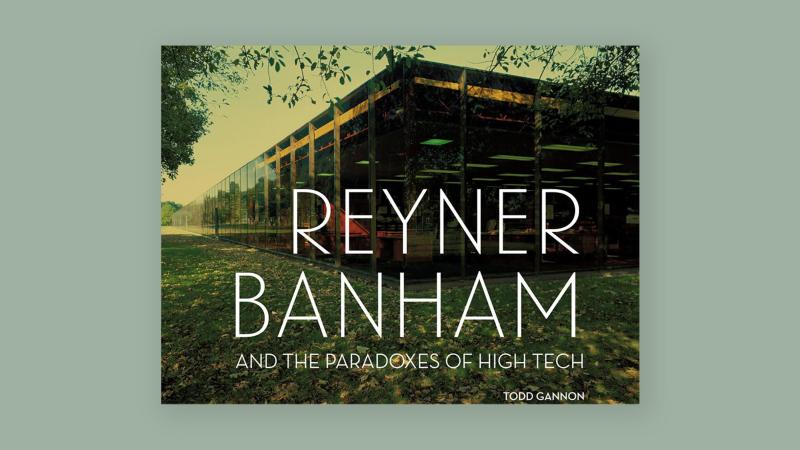Reyner Banham and the Paradoxes of High Tech
“One of the questions that Banham was invested in analyzing was the place of the architect in the world, what is an architect’s job and to whom does the architect speak. What Banham struggles with, and you see this all through his texts from the 1950s to the 1980s, is the number of audiences, the number of constituencies, that the architect needs to address.”
—Todd Gannon, Baumer Lecture Series Presentation
In Reyner Banham and the Paradoxes of High Tech (Getty Publications), Architecture Section Head and Professor Todd Gannon reassesses one of the most influential voices in twentieth-century architectural history through a detailed examination of Banham’s writing on High Tech architecture and its immediate antecedents.
“In a nutshell, my book centers around another book that doesn’t exist. At the very end of his life, Reyner Banham was working on a monograph on High Tech architecture, Making Architecture: The Paradoxes of High Tech. About a year into his preparatory work he died, so the book was never completed,” Gannon stated. “In working through the archive and attempting to discover what he might have said had he completed his work, it became clear that the story was really bigger than High Tech. Banham was writing about modernism: whether modernism had a future, what that future might be, and what role historical writing had to play in that future.”
Gannon devotes significant attention to Banham’s late work, including archival materials related to the manuscript Banham left unfinished at his death in 1988. Gannon’s book also includes Banham’s previously unpublished draft introduction to Making Architecture.
“Most of the scholarship on Banham concentrates on the first half of his career, in which he was very impatient with the traditions of the field. This leaves an entire half of his career largely unexamined,” commented Gannon. “If Banham wrote a revisionist history of modernism with Theory and Design in the First Machine Age, what I set out to do was to write a revisionist history of Banham, one that looks at his entire corpus.”
Approaching Banham’s work as a critic and historian in totality, Gannon concluded: “There are multiple Banhams, and multiple modernisms. In this book, the question was not of finding the answer, but rather of finding a way to hold multiple answers to the same question in suspension.”
Reyner Banham and the Paradoxes of High Tech is available at the Getty Store, Barnes & Noble, Amazon and the Wexner Center Store.


